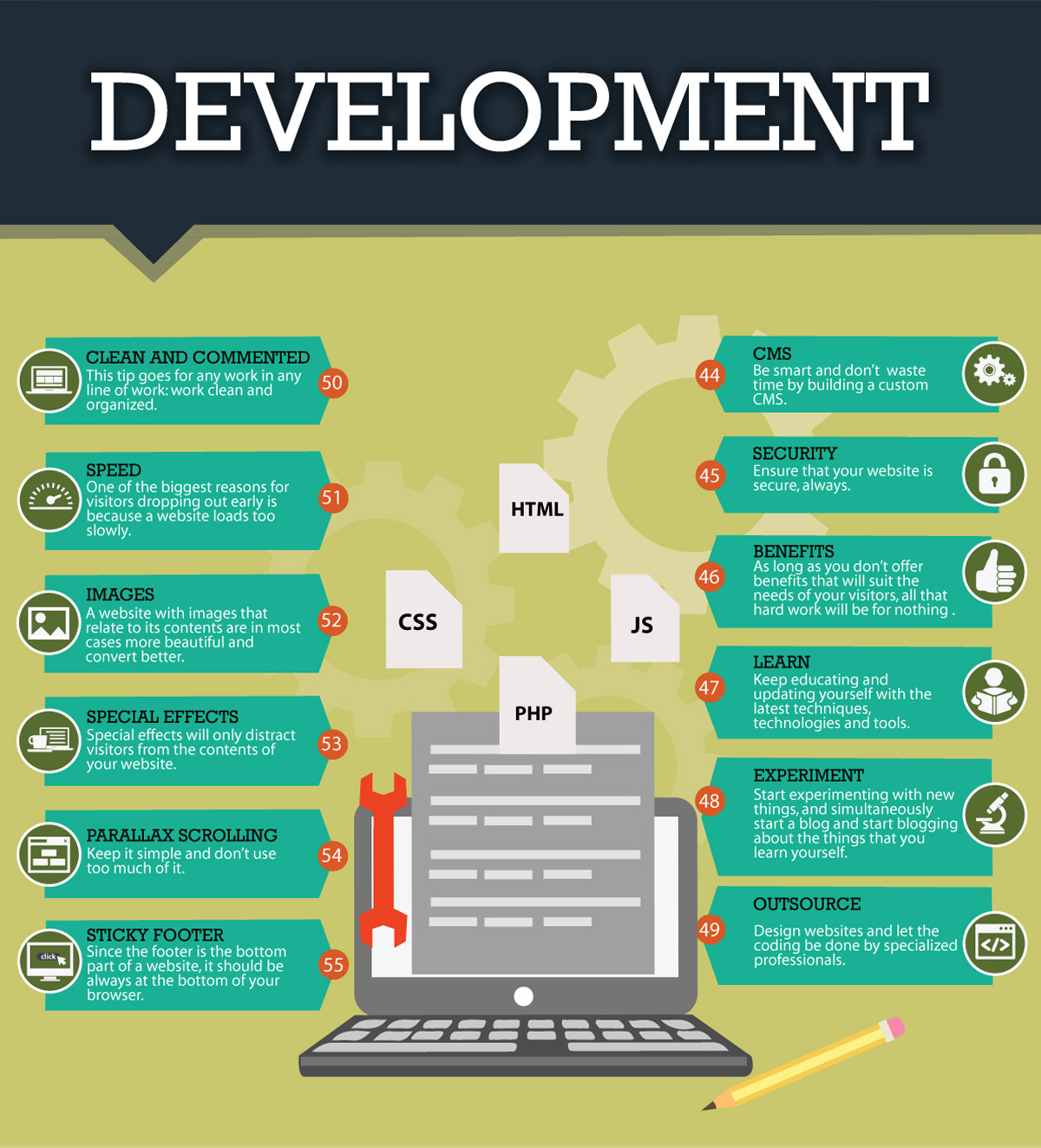Interested In Learning Just How Internet Site Design Has Evolved? Take A Trip With The Change
Interested In Learning Just How Internet Site Design Has Evolved? Take A Trip With The Change
Blog Article
Write-Up Author-Booker Molina
In the past, websites were simple and focused on information. Navigation was straight, and layout was for desktops. Currently, user experience is essential. Information guides styles for easy navigating. Responsive layouts match various devices. Today, dark setting lowers stress, and minimalist menus enhance navigation. Interactive features involve individuals, and vibrant visuals stand apart. AI assimilation boosts engagement. See exactly how style has developed to improve your online trip.
Early Days of Website Design
In the early days of web design, simplicity reigned supreme. Internet sites were fundamental, with limited colors, typefaces, and formats. The emphasis was on supplying details rather than showy visuals. Customers accessed the net via slow-moving dial-up connections, so rate and functionality were vital.
Navigating menus were straightforward, usually located on top or side of the page. Sites were made for desktop computers, as mobile surfing had not been yet prevalent. Web content was king, and designers prioritized very easy readability over intricate style aspects.
HTML was the main coding language utilized, and designers needed to work within its restrictions. Computer animations and interactive functions were marginal compared to today's standards. Web sites were static, with little vibrant material or customized individual experiences.
Increase of User-Focused Layout
With the advancement of website style, a change towards user-focused design concepts has come to be significantly famous. Today, producing sites that prioritize customer experience is critical for involving visitors and accomplishing company objectives. User-focused style entails comprehending the needs, choices, and habits of your target market to tailor the web site's format, content, and features as necessary.
Developers currently conduct complete study, such as customer surveys and functionality screening, to gather insights and responses straight from users. This data-driven technique assists in creating user-friendly navigation, clear calls-to-action, and aesthetically attractive user interfaces that resonate with visitors. By placing the user at the center of the design procedure, internet sites can provide a much more customized and satisfying experience.
Receptive layout has also become an essential element of user-focused layout, making sure that websites are optimized for numerous gadgets and screen dimensions. Recommended Resource site and functionality, dealing with the varied ways users communicate with sites today. Basically, the increase of user-focused design represents a shift towards producing electronic experiences that focus on the needs and expectations of the end individual.
Modern Trends in Web Design
Check out the most up to date trends shaping web design today. One popular fad is dark setting design, using a smooth and contemporary look while lowering eye pressure in low-light environments. An additional key pattern is minimal navigating, streamlining food selections and boosting individual experience by concentrating on essential elements. Incorporating micro-interactions, such as computer animated buttons or scrolling impacts, can produce an extra appealing and interactive internet site. Responsive style continues to be essential, ensuring seamless user experiences across various devices. Additionally, using vibrant typography and asymmetrical designs can add aesthetic passion and accentuate specific material.
Incorporating https://www.cmswire.com/digital-marketing/the-single-most-effective-marketing-tactic-that-modern-marketers-ignore/ , like chatbots for customer support or personalized referrals, improves customer engagement and enhances procedures. Accessibility has also come to be a substantial trend, with designers prioritizing inclusive style practices to cater to varied individual requirements. Embracing sustainability by maximizing web site efficiency for speed and effectiveness is an additional emerging fad in website design. Teaming up with user feedback and data analytics to repeat and improve layout continuously is crucial for remaining pertinent in the ever-evolving electronic landscape. By embracing these modern-day fads, you can develop a visually enticing, easy to use site that resonates with your target market.
Verdict
As you reflect on the development of web site style from the very early days to now, you can see how user-focused design has actually become the driving pressure behind contemporary fads.
Embrace the trip of change and adjustment in website design, always maintaining the user experience at the forefront.
Keep current with the current fads and technologies, and never quit advancing your technique to create visually stunning and straightforward sites.
Progress, adjust, and develop - the future of website design remains in your hands.
